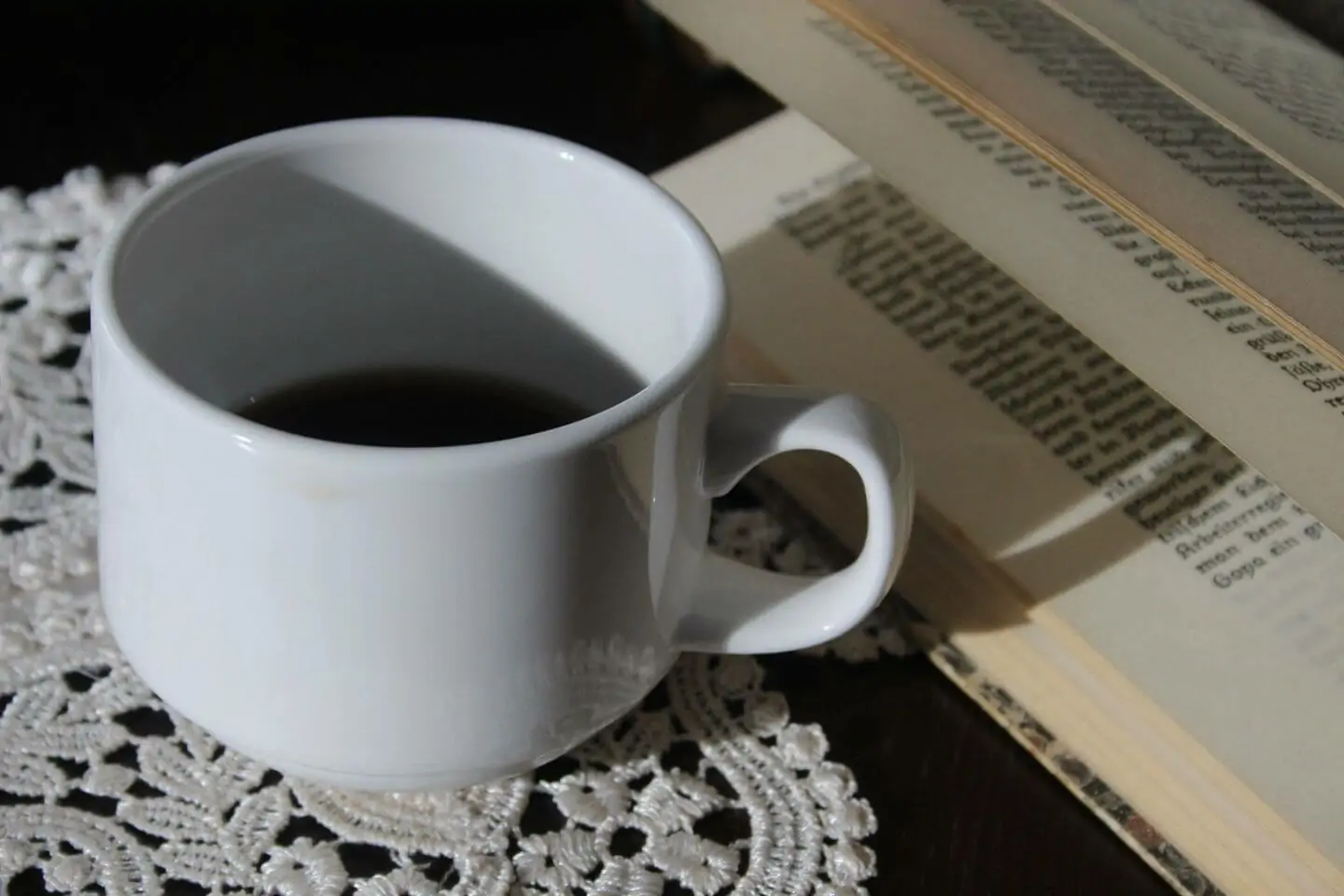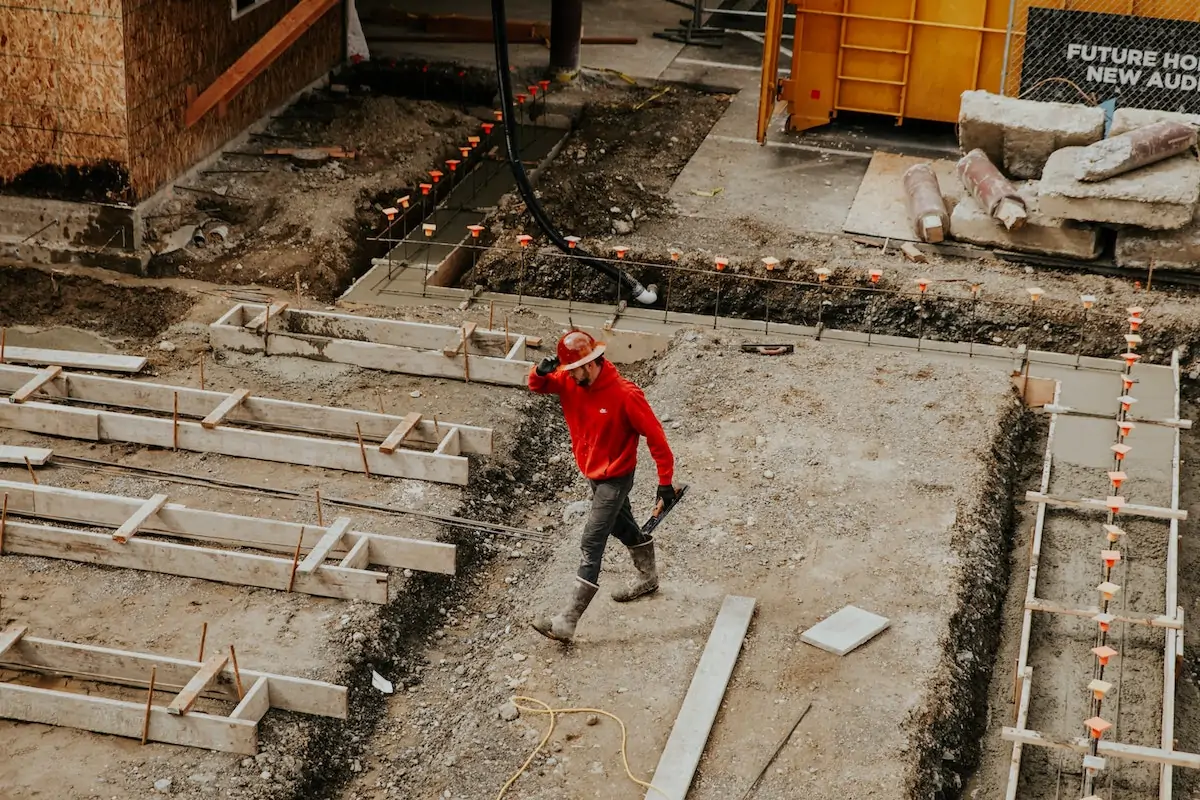
Low fat or no VAT
5 Dec 2021With its soft sponge base, thin chocolate topping and tangy orange centre it would be hard to find someone in the UK who didn’t like the humble Jaffa Cake, well, unless you ask around the HMRC office that is.
In 1991 the powers that be at HMRC tried to reclassify Jaffa Cakes as biscuits which would have pushed up the price by 20%. There was an outcry. How could the Jaffa “Cake” which goes from soft hard when stale, as opposed to a biscuit which goes from hard to soft when off, be victimised like this?!
Jaffa Cakes argued and in the end, to the delight of the masses, were triumphant. Thankfully they are still and always will be VAT and, almost, fat free.
What’s VAT?
VAT, Value Added Tax, is a form of indirect taxation that is added to the majority of services and products that are seen as discretionary or non-essential.
As a consumer VAT is not directly displayed on everyday receipts but it is included in the price of most items. When you are running a small business and you make purchases, the total on your invoice will be broken down to show the cost plus the VAT.
Standard VAT is charged at 20%, however, there is also a 0% VAT rate for certain items like fruit and vegetables; an example of an essential purchase.
Zero rated items are not to be confused with Exempt items such as insurance. These are not considered as “VATable” in any way, the cost is simply the cost.
VAT Registration
If your business is turning over £79,000 or more you must become VAT registered.
In some instances you can voluntarily become VAT registered even if you aren’t meeting the threshold. Why? Suppliers of Zero Rated goods such as green grocers will receive regular refunds from HMRC as their outputs are nil. For them, nothing they sell attracts VAT, but anything they purchase for the business (which includes VAT) can be reclaimed.
So the green grocer will want to be registered for VAT regardless of his turnover.
It’s worth noting through that companies that supply VAT Exempt products cannot register for VAT.
VAT Schemes
If you have to register for VAT there are two mains schemes to choose from Standard and Flat Rate and within those schemes there are two ways to account for the VAT, cash or accrual.
If you have high but irregular sales, as might be the case for a consultant, you would take the cash scheme because you only pay the VAT once you’ve received the cash rather than from the date of the invoice.
If you are working in retail, then you collect VAT automatically on each transaction. In this case you would want to use accrual accounting because you can reclaim the VAT on your supplier invoices before you’ve actually paid them.
You might choose a flat rate scheme if you run a business that has relatively few VATable expenses, for example, web developers. Those registered on the flat rate scheme will invoice customers for the net amount plus 20% VAT but will only pay the sector percentage to HMRC i.e. 14%. So as long as you keep your expenses low, it is likely you would actually make money from the VAT process.
Conversely, it is almost always the case that manufacturers (which high purchase costs which incur VAT) should use the standard scheme.





















